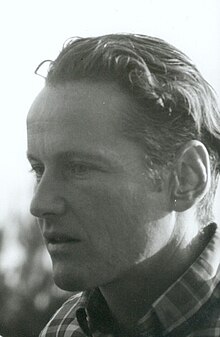
Meditation is a practice of mindfulness, or focusing the mind on a particular object, thought, or activity to train attention and awareness, and achieve a mentally clear and emotionally calm and stable state.

Friedrich Salomon Perls, better known as Fritz Perls, was a German-born psychiatrist, psychoanalyst and psychotherapist. Perls coined the term "Gestalt therapy" to identify the form of psychotherapy that he developed with his wife, Laura Perls, in the 1940s and 1950s. Perls became associated with the Esalen Institute in 1964 and lived there until 1969.
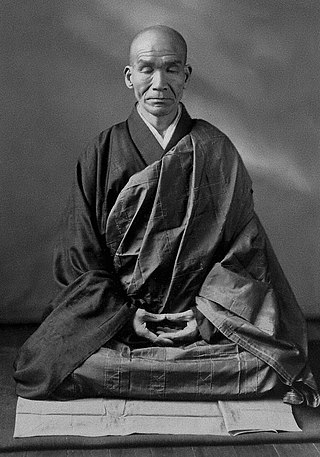
Zazen is a meditative discipline that is typically the primary practice of the Zen Buddhist tradition.
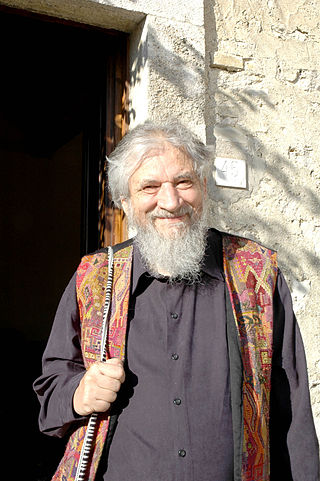
Claudio Benjamín Naranjo Cohen was a Chilean-born psychiatrist who is considered a pioneer in integrating psychotherapy and the spiritual traditions. He was one of the three successors named by Fritz Perls, a principal developer of Enneagram of Personality theories and a founder of the Seekers After Truth Institute. He was also an elder statesman of the US and global human potential movement and the spiritual renaissance of the late 20th century. Naranjo authored several books.

Ayya Khema was a Buddhist teacher noted for providing opportunities for women to practice Buddhism, founding several centers around the world. In 1987, she helped coordinate the first-ever Sakyadhita International Association of Buddhist Women. Over two dozen books of her transcribed Dhamma talks in English and German have been published. In the last year of her life, she also published her autobiography: I Give You My Life.

The Esalen Institute, commonly called Esalen, is a non-profit American retreat center and intentional community in Big Sur, California, which focuses on humanistic alternative education. The institute played a key role in the Human Potential Movement beginning in the 1960s. Its innovative use of encounter groups, a focus on the mind-body connection, and their ongoing experimentation in personal awareness introduced many ideas that later became mainstream.
Gestalt therapy is a form of psychotherapy that emphasizes personal responsibility and focuses on the individual's experience in the present moment, the therapist–client relationship, the environmental and social contexts of a person's life, and the self-regulating adjustments people make as a result of their overall situation. It was developed by Fritz Perls, Laura Perls and Paul Goodman in the 1940s and 1950s, and was first described in the 1951 book Gestalt Therapy.
Mindfulness is the cognitive skill, usually developed through meditation, of sustaining meta-awareness of the contents of one's own mind in the present moment.
The Vipassanā movement, also called the Insight Meditation Movement and American Vipassana movement, refers to a branch of modern Burmese Theravāda Buddhism that promotes "bare insight" (sukha-Vipassana) to attain stream entry and preserve the Buddhist teachings, which gained widespread popularity since the 1950s, and to its western derivatives which have been popularised since the 1970s, giving rise to the more dhyana-oriented mindfulness movement.
The Buddhist Publication Society (BPS) is a publishing house with charitable status, whose objective is to disseminate the teachings of Gautama Buddha. It was founded in Kandy, Sri Lanka, in 1958 by two Sri Lankan lay Buddhists, A.S. Karunaratna and Richard Abeyasekera, and a European-born Buddhist monk, Nyanaponika Thera. Originally conceived as a limited effort to publish small, affordable books on fundamental Buddhist topics, the Society expanded in scope in response to the reception of their early publishing efforts. The Buddhist Publication Society's publications reflect the perspective of the Theravada denomination of Buddhism, drawing heavily from the Pāli Canon for source material.

Richard Price was co-founder of the Esalen Institute in 1962 and a veteran of the Beat Generation. He ran Esalen in Big Sur for many years, sometimes virtually single-handed. He developed a practice of hiking the Santa Lucia Mountains and developed a new form of personal integration and growth that he called Gestalt Practice, partly based upon Gestalt therapy and Buddhist practice.

Śāriputra was one of the top disciples of the Buddha. He is considered the first of the Buddha's two chief male disciples, together with Maudgalyāyana. Śāriputra had a key leadership role in the ministry of the Buddha and is considered in many Buddhist schools to have been important in the development of the Buddhist Abhidharma. He frequently appears in Mahayana sutras, and in some sutras, is used as a counterpoint to represent the Hinayana school of Buddhism.
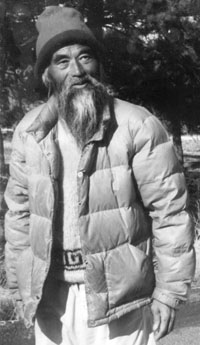
Gia-Fu Feng was prominent as both an English translator of Taoist classics and a Taoist teacher in the United States, associated with Alan Watts, Jack Kerouac, The Beats and Abraham Maslow.
Sati, literally "memory" or "retention", commonly translated as mindfulness, "to remember to observe," is an essential part of Buddhist practice. It has the related meanings of calling to mind the wholesome dhammas such as the four establishments of mindfulness, the five faculties, the five powers, the seven awakening-factors, the Noble Eightfold Path, and the attainment of insight, and the actual practice of maintaining a lucid awareness of the dhammas of bodily and mental phenomena, in order to counter the arising of unwholesome states, and to develop wholesome states. It is the first factor of the Seven Factors of Enlightenment. "Correct" or "right" mindfulness is the seventh element of the Noble Eightfold Path.

Nyanaponika Thera or Nyanaponika Mahathera was a German-born Theravada Buddhist monk and scholar who, after ordaining in Sri Lanka, later became the co-founder of the Buddhist Publication Society and author of numerous seminal books and articles on Theravada Buddhism. He mentored and taught a whole generation of Western Buddhist leaders such as Bhikkhu Bodhi.
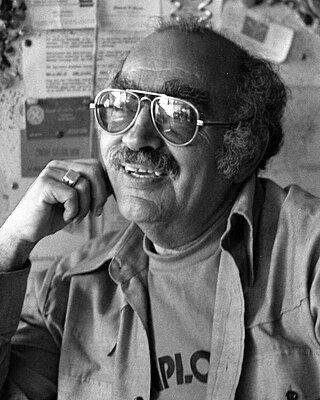
James Solomon Simkin (1919–1984) was an early seminal figure in the history of Gestalt Therapy.

In Buddhism, symbolic offerings are made to the Triple Gem, giving rise to contemplative gratitude and inspiration. Typical material offerings involve simple objects such as a lit candle or oil lamp, burning incense, flowers, food, fruit, water or drinks.

Buddhism includes an analysis of human psychology, emotion, cognition, behavior and motivation along with therapeutic practices. Buddhist psychology is embedded within the greater Buddhist ethical and philosophical system, and its psychological terminology is colored by ethical overtones. Buddhist psychology has two therapeutic goals: the healthy and virtuous life of a householder and the ultimate goal of nirvana, the total cessation of dissatisfaction and suffering (dukkha).
Eastern philosophy in clinical psychology refers to the influence of Eastern philosophies on the practice of clinical psychology.
Miriam Polster was a clinical psychologist who was raised in Cleveland, Ohio, United States of America. Polster had an interest in music, which happened to be her undergraduate major and a subject she integrated into her work. Once reaching graduate school, she became an advocate for Gestalt therapy; a therapy aimed towards self-awareness. Polster was the co-founder of The Gestalt Training Centre. Polster was the co-author of two novels, and the sole author of Eve’s Daughters. Miriam Polster died due to cancer, in 2001.
